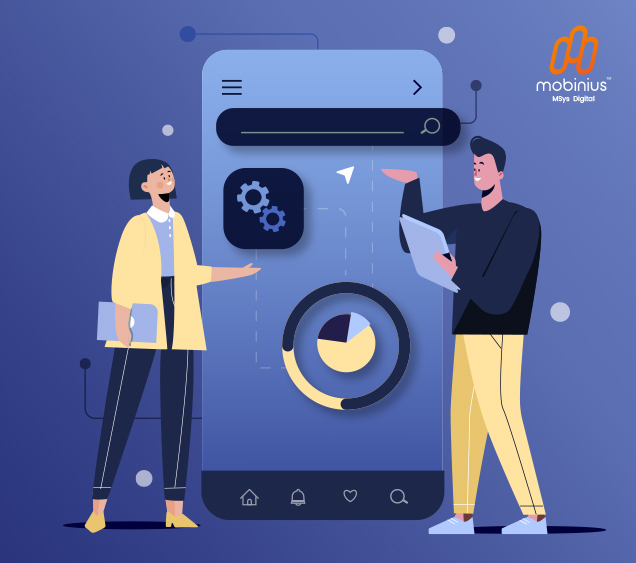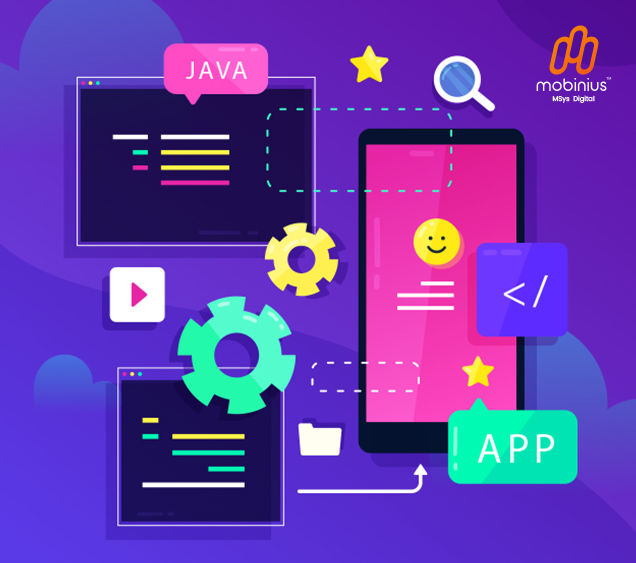Building a mobile app which don’t need installation
Audio : Listen to This Blog.
The title of this article may sound crazy to you at first. It just doesn’t stop there. You can completely avoid building an app one for android, one for iOS, and one for windows. You can save lots of time, development efforts and of course cost for your new app.
Believe me. It’s possible….
If you’re wondering how? Read this blog. It covers everything you have to know – at 100 feet level – to build an app which doesn’t need installation.
The paradigm I just described is called “Progressive Web App”. It’s a new approach for building a one app which fits both mobile & web. Google defines progressive web app as follows
Progressive Web Apps are experiences that combine the best of the web and the best of apps. They are useful to users from the very first visit in a browser tab, no install required. As the user progressively builds a relationship with the App over time, it becomes more and more powerful. It loads quickly, even on flaky networks, sends relevant push notifications, has an icon on the home screen and loads as a top-level, full screen experience.
That little above paragraph says everything. However, let me elaborate it for easy understanding. To be concise, progressive web app has following features.
- Progressive– The work for every user regardless of browser
- Responsive– They fit any form factor: desktop, mobile, tablet, or whatever is next.
- Connectivity independent– They work on low quality network and even offline
- App-like– They fell like an app for end user.
- Fresh– They are always to date
- Safe– They are served via HTTPS to prevent snooping
- Discoverable– They are identifiable as “applications” by using W3C manifests and service worker registration scope. This helps search engines to find them.
- Re-engageable– Are capable to send push notifications.
- Installable– Allow users to “keep” apps their home screen without the hassle of an app store.
- Linkable– They can be shared via URL and not require complex installation.
Wow! That’s the expression you gave reading the above feature list. It was the same with us when we heard about these.
Are you thinking, if all this is really true? Then here is a success story of 2 big companies who has implemented them.
After reading the above news, we at Mobinius were inspired even more to try it out. Some of our engineers are exploring on this new paradigm. Get in touch with us to know if your app suits this new approach
As of now there are limitations to this approach as well. You cannot access all the native hardware from progressive web app. It is limited to access to Click to call, User Location, Device orientation. Of course you always send push notifications.
On the other side, you can also add splash screen, customized icons for user to identify the app on their home screen, make the app work offline.
However there is a catch too. Users can get the app on their home screen by using “add to home screen” option in chrome. It’s in the drop down menu of the browser. Otherwise chrome also has a functionality to suggest users to add the app on home screen, if the user frequently starts using the mobile web site. Similar kind of options are also available on safari & opera browser.
Being said that, not all applications can be made progressive as of today. The apps which needs very less hardware interaction would be a good candidate for progressive web app. Otherwise building a hybrid app or native OS apps is still a good option to go with. Our teams select the approach smartly based on the requirements and build the apps in respective technology.



